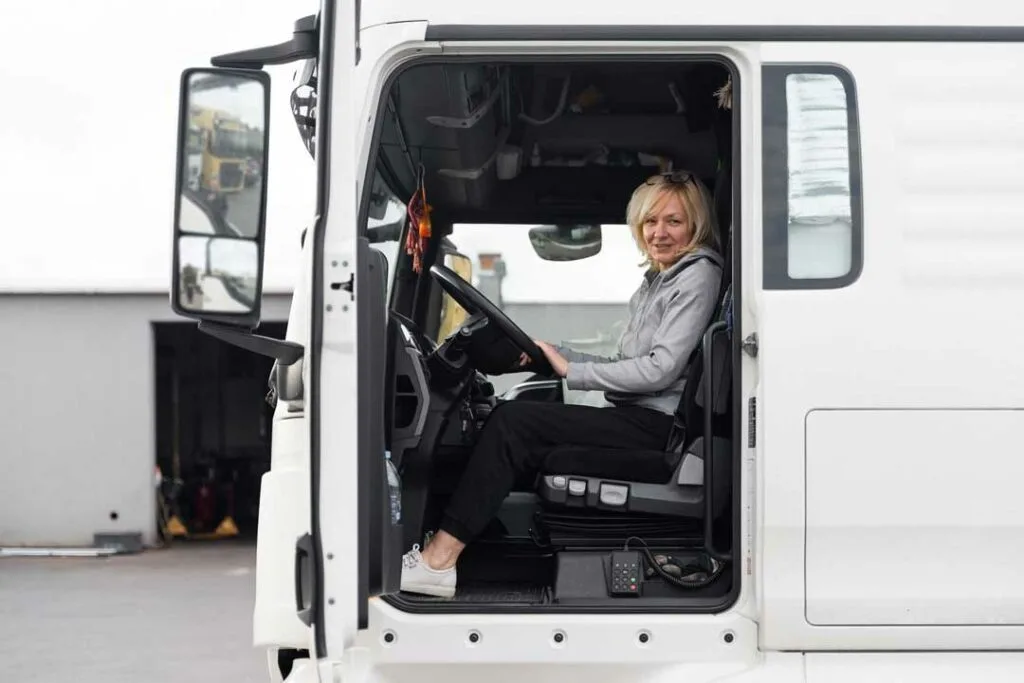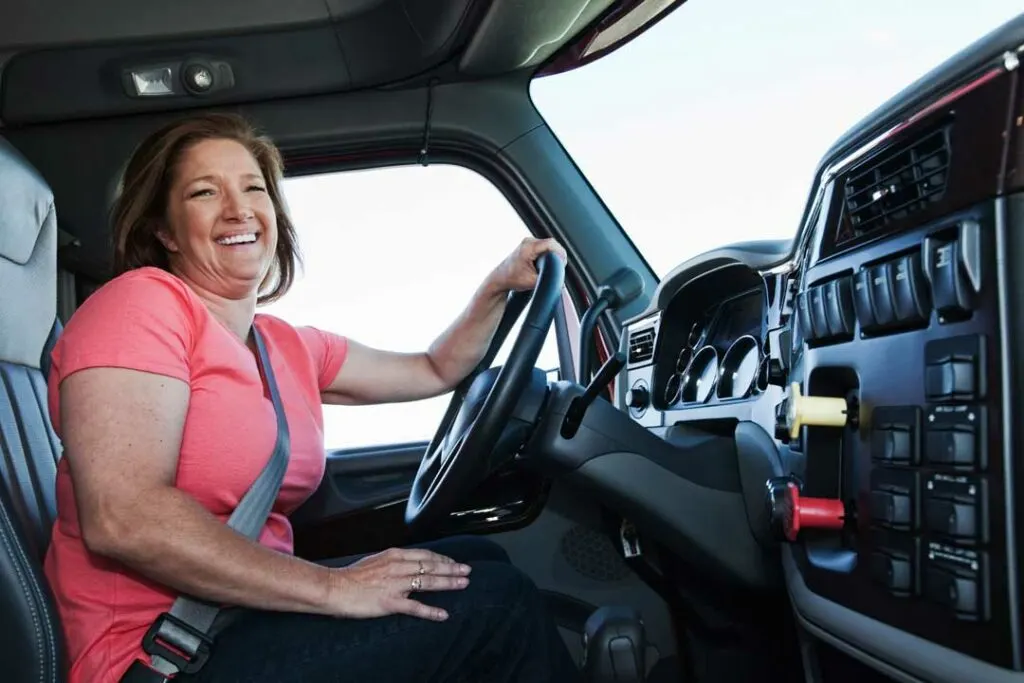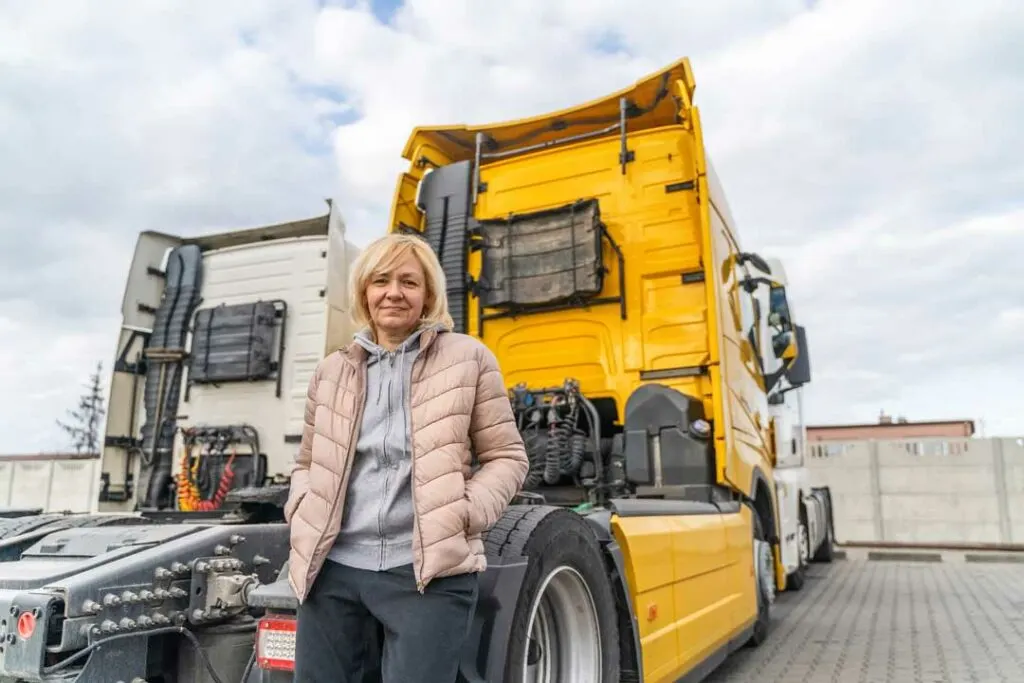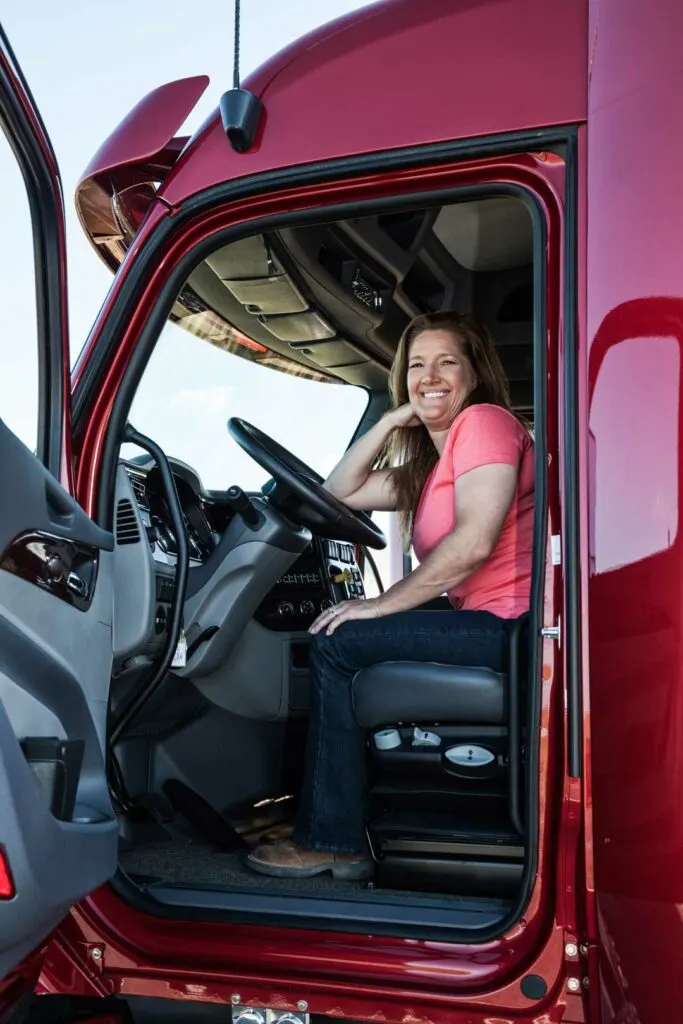Staying informed with the latest trucking news is crucial for every driver. From industry updates to safety tips, here’s what you need to know.
The latest trucking news keeps drivers ahead in a fast-evolving industry. Understanding new trends and updates can enhance your career and safety on the road. Let’s dive into the must-know information every truck driver should have.
Stay Informed with the Latest Trucking News for Drivers

The trucking sector has always been under the knife of ever-changing policies. In reality, it is not so gray anymore.
With technological advancements, there has been a significant shift in how modern innovation is transforming the trucking sector. From IoT self-driven trucks to off-site fleet management, there’s a lot of light above the horizon.
To begin, truck drivers earn a premium compared to other transportation industry employees. On average, truck drivers tend to make around $30 an hour, or $63,000 a year. It’s quite an increase compared to the $20 an hour that regular bus drivers make.

Meeting new people and seeing the world are two other perks of being a truck driver. Interstate truckers are particularly affected by this. The independence and versatility of truck driving are another reason why many people pick it as a career path. On a daily basis, truck drivers do not face grumpy supervisors.
Although there are clear advantages, driving a truck is not risk-free. The driver’s life, their vehicle, or both are in jeopardy in the majority of these situations. Keeping oneself informed about the potential hazards of truck driving is the best way to stay safe.
To keep up with all the new pieces/articles would be quite tedious. As a result, this article has compiled a few vital pointers from the trucking industry every truck driver must know.
1. Cost management
Various trucker news clippings encompassing cost-specific operations would suggest focusing on maximizing returns in the freight industry. However, everything should be up to the mark with the appropriate strategies in place.

One of the most significant difficulties confronting all stakeholders in the trucking sector is the cost. Major expenses are insurance, fuel, trick maintenance, freight capacity, and distance. If you research the histories of bankrupt trucking companies, you will see that a failure to monitor costs contributed to their demise.
As a result, your first step should be to create techniques to help you keep costs down. This includes transitioning to an electric fleet and installing trackers to assist with route optimization and fuel conservation. You can also create laws and regulations to assist you save money on fleet insurance and maintenance by putting truck and driver safety first.
First, explore shared freight services to increase your capacity for each trip. Next, consider making large route stops to discharge and pick up additional cargo to guarantee that the truck is wholly utilized per trip rather than running empty or at half capacity. All these are vital pieces that trucker drivers must know about their industry so that they can plan accordingly.
2. Rare earth metals from ZF’s electric motor updates

Continuing with the issue of EVs, ZF has developed an EV motor that does not need magnets, allowing it to be built without rare earth metals. It claims that this is accomplished while retaining peak performance. As rare earth metals are typically mined in questionable ways, this represents a significant advancement for the electric vehicle movement.
If ZF’s electric motors do not employ magnets, the business estimates it will reduce its carbon impact by half. At the September IAA Mobility Show in Munich, Germany, ZF board member for the United States Martin Fischer stated, “It’s a big step forward that’s going to help make e-mobility more sustainable.”
3. Retention program and personnel identification
Trucking businesses always seek top people and strive to provide ideal working conditions to keep them. Driver shortages have become widespread, prompting many fleet companies to engage in tactics and initiatives that promote worker retention by employing top personnel. Fleet operators should promote a positive work atmosphere, increase remuneration packages, and provide better benefits. They should use driver training programs and professional promotion opportunities to increase employment loyalty and satisfaction.
These tactics promote a supportive culture by emphasizing personnel retention and lowering turnover rates. Trucking companies should use the most innovative recruitment tactics, which combine technology and top hiring strategies. Many trucking companies use online job boards and social media channels to connect with the finest candidates while giving higher salary benefits.
4. Urban smart cities

Your fleet management teams desire complete control over each truck’s activities. Smart cities use artificial intelligence, the Internet of Things (IoT), and data analytics to promote sustainability while improving infrastructure and public services. Trucks equipped with communication systems communicate with urban infrastructure, other vehicles, and traffic systems. The improved connectivity enables real-time data transmission, allowing fleet managers to improve delivery times while reducing fuel use.
Integrating connected trucks into smart cities can help truckers solve safety concerns, traffic congestion, and air quality. Truck drivers have real-time data that allows them to change routes to reduce trips and avoid crowded regions. The interface with smart road systems and traffic signals facilitates braking and speeding, hence improving traffic flow. Connected trucks can use modern cities’ extensive smart infrastructure to monitor road conditions and traffic patterns, allowing them to make data-driven decisions and improve urban mobility.
5. Safety training sessions
Trucking news sites will cover not only technical improvements in the trucking sector but also safety training modules. These are vital components of strengthening transportation safety standards. You find out which comprehensive driver training programs are scheduled and whether you should enroll.
That said, such sessions would educate drivers on specific situations or events they could oversee while on the road. That said, large trucks and buses require up to two football fields to stop safely. In addition, driving at excessive speeds for the weather or road conditions or neglecting to slow down for curves or ramps increases the danger of rollovers and crashes.
Top Latest Trucking News: What Every Truck Driver Needs to Know
Despite remaining unaltered for decades, the sector evolves as new trends emerge among various actors. These trends focus on diverse industries to assure worker safety, effective delivery, profitability, and other objectives.

Some of them, such as self-driving cars, can be frightening for drivers; nonetheless, you must keep up with them to avoid being the slowest. Most strategy firms believe that self-driving will be one of the most significant shifts in the sector because of its cost-cutting implications.
Essential Updates Every Driver Should Know
Trucking news is critical for improving safety measures. So, read trucking news to learn about the industry’s latest innovations as well as educational and training options. Such news also tells you about opportunities in the sector, including those with which you could work.
Staying current can help you adopt new technologies, follow strict rules, and foster a safety culture. As you follow trucking news, you’ll see how these efforts are shaping a safer future for all drivers.
Stay ahead in the trucking industry by subscribing to our newsletter for the latest updates and expert tips. If you have questions or need assistance, contact our team today!
FAQs:
Latest trucking news includes updates on industry trends, technological advancements, safety regulations, and economic changes affecting truck drivers.
Staying informed helps you adapt to industry changes, improve safety practices, and enhance your career opportunities.
Reliable sources include industry websites, trade publications, official trucking associations, and reputable news outlets focused on transportation.
Recent advancements include motors without rare earth metals, increased battery efficiency, and reduced carbon impacts, making electric trucks more sustainable.
Effective fleet management optimizes routes, reduces costs, enhances fuel efficiency, and improves overall operational efficiency.
Disclaimer:
I am not an attorney. I am a former personal injury and civil paralegal with a master’s degree in legal studies. This information is not legal advice. Always consult a qualified attorney for legal matters.

Jessi is the creative mind behind The Coffee Mom, a popular blog that combines parenting advice, travel tips, and a love for all things Disney. As a trusted Disney influencer and passionate storyteller, Jessi’s authentic insights and relatable content resonate with readers worldwide.
